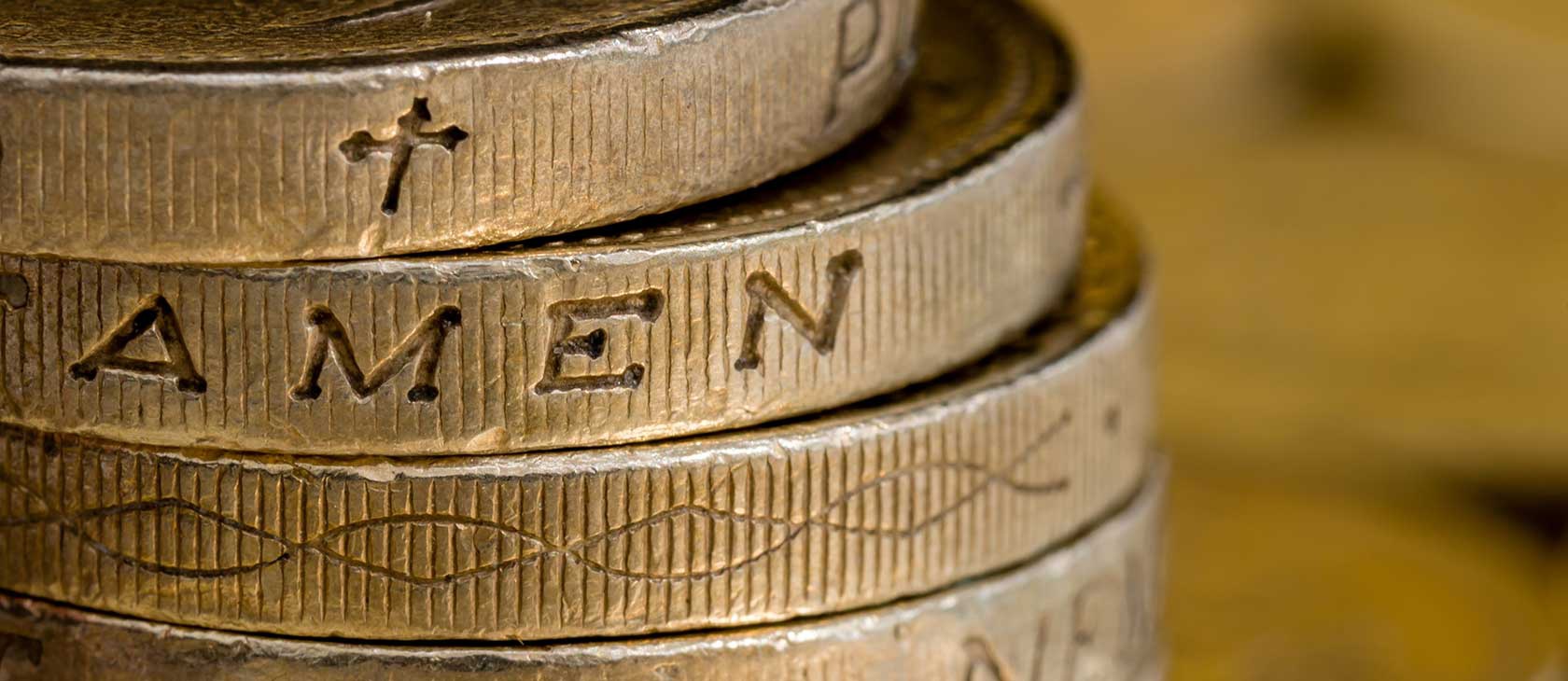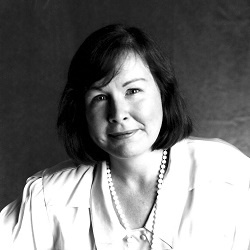Many of today’s philanthropists are entrepreneurs who use their business instincts and skills to achieve their philanthropic goals with great efficiency, effectiveness, transparency, and accountability. As good business people, they do considerable research to identify the business models and leadership strategies most likely to result in success. Yet even the most diligent may overlook one of the most influential and successful guides to creating a sustainable, effective charitable organization: The Rule of St. Benedict. The few who recognize this title today are apt to dismiss the Rule as a document of interest only to scholars of Catholic history, given its importance as a seminal document in the history of European monasticism.
This is unfortunate, for St. Benedict’s is a highly entrepreneurial and decentralized vision. The Rule was revolutionary in its insistence that each organization founded on its principles be financially self-sustaining, dependent on neither the Church nor the government, and in its assertion that labor was a noble enterprise that benefits the soul. Organizations adhering to his Rule must generate revenue sufficient to cover their operational costs and fund their charitable efforts. Moreover, the Rule’s lack of central planning regarding product selection and production has enabled monasteries over the centuries to adapt remarkably well to changing market conditions, expanding, diversifying, or reorganizing as necessary. Long before the term “niche market” was coined, Benedictines were producing high-quality, niche-marketed specialty goods.
Benedictine monasteries, with their pragmatic bent, have always been technologically innovative, and, until the Industrial Age, were the source of most technological advances.
Initially, Benedictine monasteries sustained themselves and funded their charitable work through landholding and agriculture. They became famous for their vineyards and wineries – for producing Benedictine, Chartreuse, and champagne. (The Benedictine monk Dom Pérignon is remembered fondly for perfecting the production of champagne.) Benedictine monasteries, with their pragmatic bent, have always been technologically innovative, and, until the Industrial Age, were the source of most technological advances. Where viniculture was impractical or unprofitable, Benedictines – both monks and nuns – opened breweries. It was Benedictine monks who refined the use of hops to make beer. Even today, the best ale in the world is said to be made by the Trappist monks at the Westvleteren Brewery in Belgium. Trappist monks, a branch of Benedictines, are also famous for their fruitcakes, candy, and jelly. Other products produced by Benedictine monasteries include cologne, bourbon-laced chocolates, cheese, bread, jam, lace, recorded music, books, dog biscuits, caskets, pews, and candles. The Benedictine nuns of Howton Grove Priory in England, led by prioress Sr. Catherine Wybourne (known on Facebook as “Digitalnun”), have employed such digital platforms as easyfundraising. org.uk, MyDonate, and Facebook to support their diverse endeavors.
But just having God on their side does not exempt monks from the laws of economics. The story of LaserMonks.com offers a cautionary tale of the dangers of a monastery’s business efforts being too successful too quickly. LaserMonks. com was an internet retailer launched as the for-profit subsidiary of the Cistercian Abbey of Our Lady of Spring Bank, in Sparta, Wisconsin. As Steward of Temporal Affairs, Father Bernard McCoy bore the responsibility of earning enough money to sustain its six monks and support the abbey’s charities. He explored the idea of starting a Christmas tree farm, growing Shiitake mushrooms, and building a convention center. But when his printer cartridge ran out of toner, he had an epiphany:
All I wanted was a little bit of black dust for one of our monastery printers. In my search for a toner cartridge, I was suddenly struck with how incredibly expensive this black dust and a few squirts of ink were. “There must be a better way,” I said to myself. And so began my foray into the world of imaging supplies. What I discovered was a revelation. Simply stated, the mark-up on ink supplies is sinfully high, reaching in some instances into the 1,000-2,000 percent levels. I also discovered that there were many companies that manufactured either new compatible cartridges or remanufactured cartridges at a fraction of the cost of the big name brands. My thoughts started racing. Imagine the money we could save schools, churches, and other organizations if we could negotiate some deals with the manufacturers directly and cut out the middlemen.
During the first year of operations, Laser- Monks made $2,000. By 2006, sales were in excess of $5 million. After the abbey deducted its $200,000 operating budget, all revenue went to the abbey’s charities. Fr. Bernard, whose annual salary held steady at $0 a year, happily called himself “the worst-paid CEO in the country.”
“We have taken the mundane, day-to-day secular market experience of buying black dust and paper clips, and turned it into a positive, feel-good experience,” he said. “It’s purchase for a purpose. It’s what Cistercian monks have always done, but now I’m using that part of our tradition as a marketing tool.”
Fr. Bernard called the business “a case study for social entrepreneurship.” He noted, “Nine hundred years ago my brothers were making ink, making their own paper, and copying manuscripts. We were the original social entrepreneurs. We were the first multinationals.”
LaserMonks expanded its product line to include printers, cables, surge protectors, cell phones, and Blackberries. “We could develop a franchise system for other abbeys,” he said. “I think we could become the Amazon.com of social entrepreneurs.”
No amount of good intentions can overturn the laws of economics.
This embracing of the free market and entrepreneurial attitude came, according to Fr. Bernard, not merely from pragmatism but grew organically from Benedictine thinking. “There’s a certain amount of religious thinking in the American Christian world that says money is kind of tainted – that there’s something kind of evil about it – and I think that’s wrong, ” he said. “What I’ve come to realize is that [money] is a tool, however I make it, whether it’s selling ink and toner, or beer, or investing in stocks. It’s a commodity that can be useful for doing a lot of good for others.” He told a reporter in 2008 that “Cistercians back in the twelfth century were catalysts for development of a market economy within the world.”
Fr. Bernard is not alone in this thinking: The Acton Institute’s Managing Director, International, Alejandro Chafuen, Ph.D. argues that the roots of free-market capitalism are evident in the thinking of Jesuit and Dominican Late Scholastic philosophers, especially the School of Salamanca. Their writings showed that monks had plumbed the depths of economic truths, something that would prove to be in short supply for Fr. Bernard’s monastery.
LaserMonks.com achieved enormous success quickly, thanks to a clever concept brilliantly marketed. Suddenly, the six monks and a handful of volunteers found themselves running a $3.5 million dollar business. With a rate of growth beyond the monks’ wildest expectations, they were overwhelmed by the need to scale up their business and, more significantly, found themselves distracted from their primary reason for joining the monastery: their wish to serve God. “The Benedictine way is all about balance, ” said one former monk. The strain of overwork led to a “life out of balance.” The monastery soon dwindled from six monks to three. Ultimately, the monks dispersed, and the monastery sold all its goods at auction in October 2011. In business terms, LaserMonks.com had grown too fast for its capacity. No amount of good intentions can overturn the laws of economics.
But for every LaserMonks.com there are countless artisans, bakers, and brewers quietly thriving by living out their vocation. In monastic communities that continue to rely on the Lord to guide customers to their store for their daily bread, commerce is better able to retain its contemplative aspect. It is a form of active prayer, something the secular world might call a state of “flow”, which generates the capital necessary to relieve poverty. Properly construed (and admitting that a monk’s reach did not always exceed his grasp), the commercial and the philanthropic are inseparable, two sides of a single coin – or, as Yeats might have asked, “Who can tell the dancer from the dance?” St. Benedict’s Rule – his system of order – created the conditions that give rise to the business, and the business, in turn, generated the funds that make charity possible. What begins in a mystical, intimate, individual devotion to Christ becomes, through the community and its Rule, a syncretic, transcendent force, unimpeded by individual desire, not eradicating but completing the self. The work the monks do, the wealth they generate, and the welfare of those whom they benefit stand as a testament to the order’s founder, and to the One he sought to honor.




